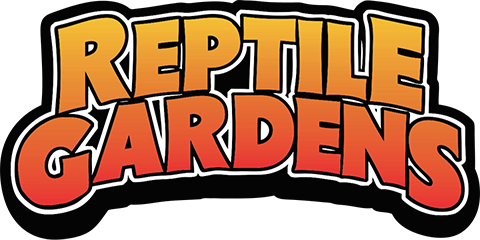The REAL "Story of an Eagle"
This bizarre story has resurfaced on Facebook recently but it has been around for at least 8 years. In keeping with our policy of debunking totally incorrect animal photos and stories we offer you the truth about eagles. The original text of this recurring post is in quotes. Our factual responsesto each partare below them in bold.
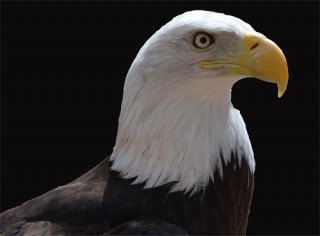 "THIS IS THE STORY OF AN EAGLE"
"THIS IS THE STORY OF AN EAGLE""The Eagle has the longest life-span of its species. It can live up to 70 years"
First of all a species is one type of animal, like the bald eagle or golden eagle, so, are they referring to one particular, extra special, eagle within his particular species? But let's assume they actually mean genus or family, in other words, eagles in general. Generally speaking, eagles live around 30 years in the wild. Sometimes they do live longer in captivity due to a consistent food supply, veterinarian care, and shelter from extreme weather. But 70 years is not common and even quite unlikely.
"But to reach this age, the eagle must make a hard decision. In its 40th year..."
In other words... 10 years after it should already be dead.
"...its long and flexible talons can no longer grab prey which serves as food. Its long and sharp beak becomes bent."
"Its old, aged and heavy wings, due to their thick feathers, stick to its chest and make it difficult to fly."(More on this later.)
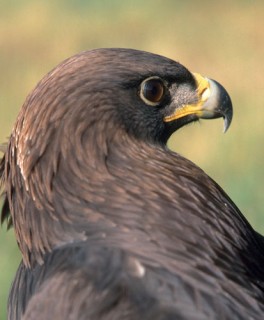 "Then, the eagle is left with only two options: DIE or go through a painful process of CHANGE which lasts 150 days. The process requires that the eagle fly to a mountaintop and sit on its nest. There the eagle knocks its beak against a rock until it plucks it out. Then the eagle will wait for a new beak to grow back..."
"Then, the eagle is left with only two options: DIE or go through a painful process of CHANGE which lasts 150 days. The process requires that the eagle fly to a mountaintop and sit on its nest. There the eagle knocks its beak against a rock until it plucks it out. Then the eagle will wait for a new beak to grow back..."An eagle's beak is made of keratin, like human fingernails. Like our fingernails, an eagle's beak is constantly growing. Eagles tear at tough foods and wipe their beaks against hard objects like branches or even rocks to keep them clean. This process also helps keep the beak in magnificent shape throughout an eagle's entire life. The loss of a beak in the wild would be certain death to any bird of prey.
"...and then it will pluck out its talons"
The talons are also made of keratin, like human fingernails. And so the talons too are constantly growing. Grabbing and killing prey keeps the talons sharp as well as prevents them from becoming too long. If they got soft, there would be something seriously wrong with the bird. The talons are what an eagle uses to catch food. To pluck them out would not only be extremely difficult and painful, but would also take away their ability to provide food for themselves. And, most importantly, when a raptor loses a talon in this fashion, it is possible it will not grow back and the loss of blood can be horrific. Therefore, it would die of starvation even if it survived the likely infection caused by "plucking out" its talons.
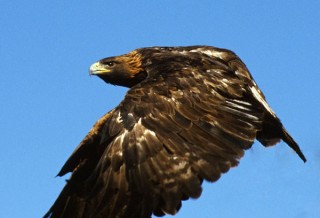 "When it's new talons grow back, the eagle starts plucking its old, aged feathers."
"When it's new talons grow back, the eagle starts plucking its old, aged feathers."Birds naturally lose their feathers & regrow them in a process called molting. Eagles go through a molt roughly once a year throughout their lives. During a molt, old feathers naturally fall out and new ones grow in to take their place. There is no pulling of the feathers. Some bird species do lose most of their feathers at one time and are forced to hide until the grow back, but not raptors like eagles. Flight (wing and tail) feathers drop out one by one and are replaced one by one, not all at once so that the animal can continue to fly and catch food. Plus, jerking out its feathers could also cause permanent damage the feather follicle so no feather grows back. Without feathers, a bird is unable to fly. If they cannot fly they cannot hunt for food or escape predators that cross their path. Both cases would obviously lead to the death of the bird
"And after 5 months, the eagle takes its famous flight of rebirth and lives for 30 more years."
Again, they just don't live that long. But, "flight of rebirth"? Maybe they are referring to the mythical phoenix? Since these eagle "facts" are all total myth it must be a phoenix they are talking about...
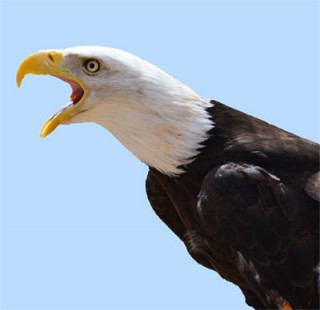 "Why is change needed? Many times, in order to survive we have to start a change process. We sometimes need to get rid of old memories, habits and other past traditions. Only freed from past burdens, can we take advantage of the present."
"Why is change needed? Many times, in order to survive we have to start a change process. We sometimes need to get rid of old memories, habits and other past traditions. Only freed from past burdens, can we take advantage of the present."We know the point of this thing was to be a lovely and inspirational story and we hate to rain on that parade. However, we feel we can just as easily be inspired by true stories about animals and should not need to make stuff up.
